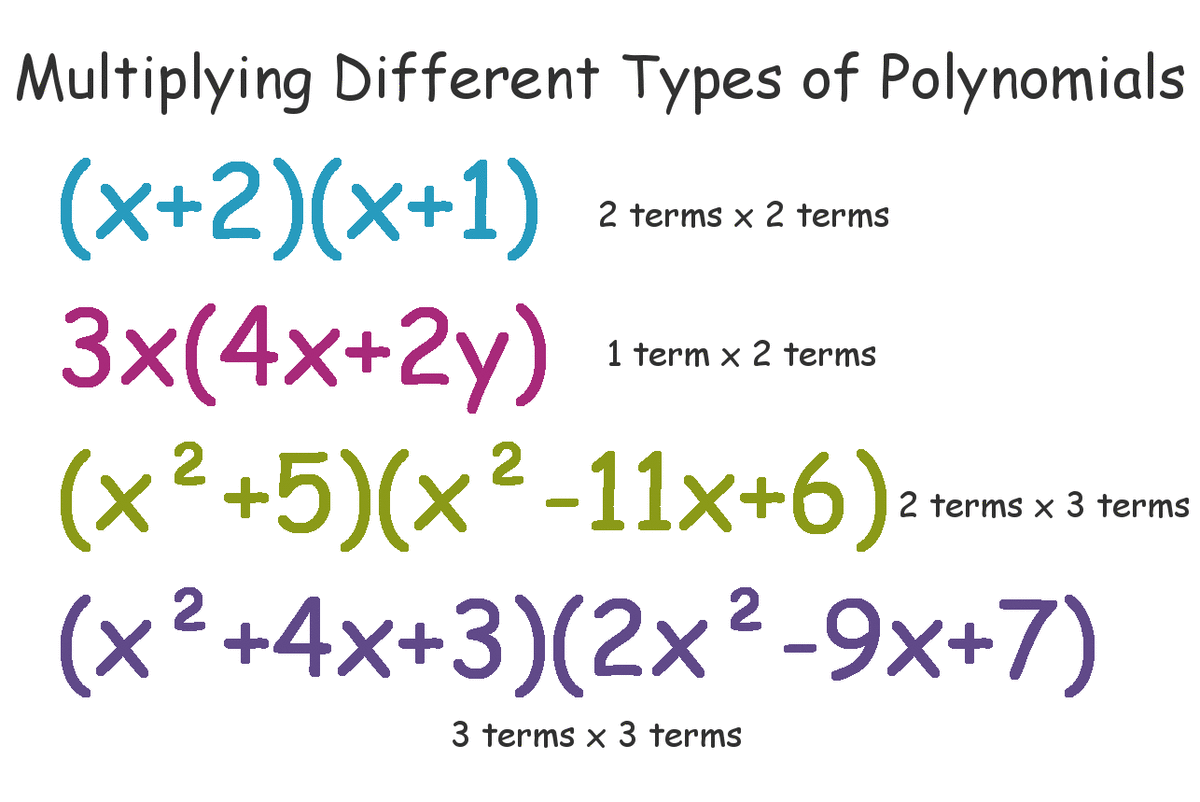Factoring by Grouping: Help with Four Term Polynomials

One of the most useful topics in algebra is factoring by grouping. To many students it does not seem like an important topic, but to some it is extremely important. Another article describes how factoring by grouping is used to factor trinomials. This article describes the process and provides some examples.
The Factoring by Grouping Process
Below are the steps to accomplish factoring by grouping. It is assumed that there is no greatest common factor (GCF).
- Put parentheses around the first two terms and around the last two terms. When putting in these parentheses, one must be careful to make sure negative signs go inside the parentheses. So it may be necessary to rewrite a subtraction as an addition.
- Factor the GCF from the first set of parentheses and from the second set of parenthesis. These will be different GCFs. However, if the original four term polynomial is factorable, then what is left inside both sets of parentheses will be exactly the same.
- Factor out the common binomial.
In the next section are a few examples of the process.
Examples of Using Factoring by Grouping
Example 1:
Factor x3 +3x2 + 5x + 15.
Step one says put parentheses around the first two terms and around the last two terms. Since there are no negative signs, that is not a concern.
(x3 +3x2) + (5x + 15)
Step two says factor the GCF from each set of parentheses. In the first set of parentheses, x2 is the GCF; in the second, the GCF is 5.
x2 (x + 3) + 5 (x + 3)
Now what is in the parentheses should be exactly the same. It they are not the same, then the polynomial is not factorable or there has been a mistake made.
Step three now says factor out the common binomial.
(x + 3) ( x2 + 5)
This is the answer. This answer can be checked by multiplying the binomials back out to get the original problem.
Example 2:
Factor 2x2 + 2ax - xb - ab.
Step one says put parentheses around the first two terms and around the last two terms. However, the negative sign in the middle creates a difficulty. So it is best to rewrite the subtraction in the middle as an addition problem.
2x2 + 2ax + - xb - ab
Now put the parentheses around the first two terms and around the last two.
(2x2 + 2ax) + (-xb - ab)
Step two states factor the GCF from each set of parentheses.
2x (x + a) - b (x + a)
Step three state factor out the common binomial.
(x + a) (2x - b)
This is the answer.
Conclusion
Factoring by grouping is a useful technique for factoring four term polynomials. As stated in another article, its use can be extended to factoring trinomials. It is a process that is worth mastering.
For additional online help, see one of the following websites:
Other Math Articles:
- Learn Math: Online Problem Help
The Internet is full of online math problem help. In this article I review some of my favorite places which I recommend to my students. - Factoring by Grouping: Help with Four Term Polynomia...
Factoring by grouping is a useful process in algebra to help factor polynomials. This article describes this process. - Factoring: The Holy Grail of Algebra
Factoring and students often don't mix. This article shows a sure way to factor a trinomial provided it is factorable. - Logarithms: Help for a Great Algebra Mystery
This article takes the mystery out of logarithms and shows the algebra student already knows them.



